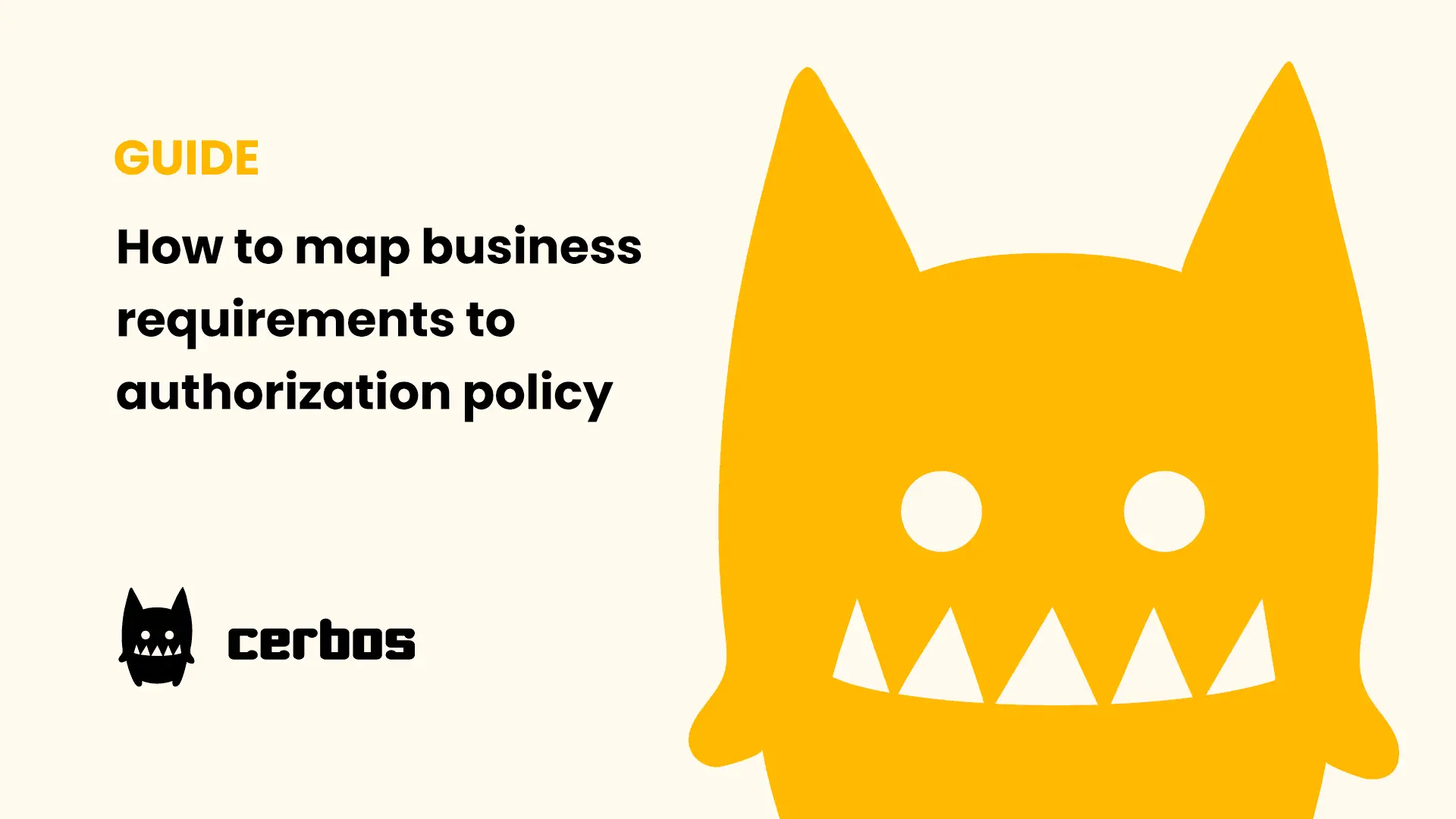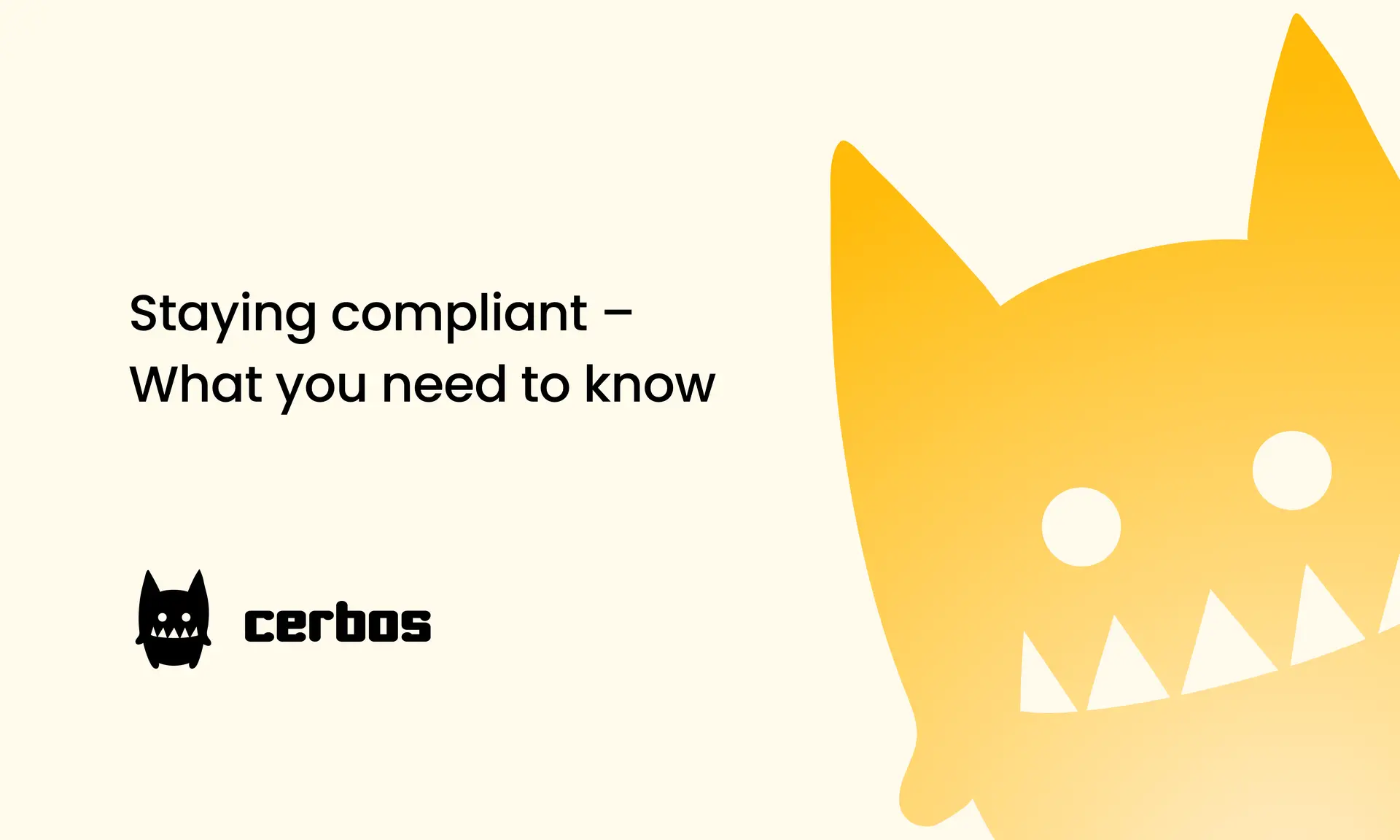Authorization in the Context of SOC 2 and Other Certifications
A cyberattack or a data breach can have a massive impact on an organization. If your business handles sensitive customer information, you want to take measures that will protect your customer's data and, at the same time, prove that you value security as a top priority.
The most extensive audits an organization can undergo to demonstrate they have taken all necessary measures to protect business and user data are assessments like ISO 270001 and SOC 2. Although they aren't legally required, they are beneficial for SaaS businesses, data centers and other entities that handle sensitive data.
Achieving compliance with security standards is a lengthy and challenging task that will affect the way you operate your organization. Compliance involves the handling and storing of data and the frameworks used to secure it. It ensures that an organization adheres to the security frameworks’ minimum requirements.
Authorization is integral to data security. To ensure that all aspects of access control, including authorization, meet the criteria, organizations must employ a series of security tools, technologies and processes designed to protect the network, systems, applications and other assets. A well-implemented data and privacy control is critical if you wish to achieve compliance with modern security standards.
In this article, you'll learn more about these standards, how they affect authorization and how Cerbos, a self-hosted access control provider, can help.
Popular Security Frameworks
SOC 2
Systems and Organizations Controls 2 (SOC 2) is a voluntary data security compliance standard created by the American Institute of CPAs (AICPA). It is designed for firms that keep their clients' data in the cloud. To protect customer data, businesses must follow the framework defined by each standard.
SOC 2 audits fall into two types:
- SOC 2 Type 1: This type of audit ensures that security and compliance commitments are met through the development of infrastructure, software, processes, data and controls that an organization has put in place.
- SOC 2 Type 2: This type of audit takes things a step further. Controls are evaluated and validated over time, and the effectiveness of organizational security is measured. Achieving SOC 2 Type 2 compliance is a critical confirmation that your implemented security and compliance program is working.
ISO 27001
ISO 27001 specifies an organization's criteria for establishing an information security management system (ISMS). The ISMS is a framework of best practices for managing the security risks to the information your business processes, stores or transmits on a daily basis. The ISO 27001 standard specifies a minimum level of protection, encryption and security that you must apply to all of your customers' data and defines the baselines for how a company should manage information security processes.
The standard is widely regarded as best practice and is adaptable to many types of businesses and industries. The ISMS framework consists of several domains, ranging from risk assessments, training staff, testing, responding to incidents and disaster planning. The process to implement ISO 27001 will help your business understand what information you should protect, why it should be protected, what should be done to protect it and how your business will be affected if it doesn't. Implementation also demonstrates a commitment to protecting customer data and a willingness to dedicate valuable resources to maintaining security.
How Do Standards such as ISO27001 and SOC 2 Affect Authorization?
Both the SOC 2 and ISO 27001 security frameworks are well-respected and provide users with the assurance that your company has controls or procedures in place to protect sensitive data. While both of these assessments produce similar results and are extremely valuable for businesses, they differ in some ways, so you may need to do some research before deciding which one to choose.
SOC 2
Audits conducted for SOC 2 evaluate compliance with the framework. This framework is based on five Trust Services Criteria developed by AICPA:
- Security: Protecting data against threats and unauthorized access.
- Availability: Users can depend on your systems to complete their tasks.
- Processing integrity: Business systems are performing as expected.
- Confidentiality: Protecting sensitive information by restricting its access and use to authorized users.
- Privacy: Protecting highly sensitive personal data from unauthorized users.
Although all five categories play their own unique role, security is the only required category of an audit. Organizations are responsible for implementing measures that will enhance all aspects of access control, such as authorization, authentication, management, identification and will prevent data theft, system and data manipulation, unauthorized access, misuse of software and many more security threats.
Within the Trust Services Criteria, security controls are the biggest section of controls, and form the basis of the report. The security control series covers everything you need to address including access, data handling, threat prevention and more.
The criteria for SOC 2 are generally broad and flexible. This means that if, for example, you want to protect your network from unauthorized access, you can use two-factor authentication, but another company might use something else to achieve the same goal. The report is based on whether the organization is complying with the standards, not on how compliance with the standards is achieved.
ISO 27001
ISO 27001 and SOC 2 have similar criteria across all categories, including access control policies and procedures. The Annex A controls in ISO 27001 has fourteen categories to help you comply with the framework's requirements. One of these categories, and considered by many as the most important, is the A.9 subsection. The aim of Annex A.9 is to ensure that employees can only view information that's relevant to their job. It's divided into four sections:
- Business requirements of access controls: This requires you to establish an access control policy, and to determine which users will have access to specific networks and services.
- User access management: The goal here is to restrict users from accessing systems and services they're not authorized to use. You must specify under what conditions users must register in your systems, how to grant them access and how to handle authentication data.
- User responsibilities: This section requires you to define how users are expected to protect authentication information.
- System and application access controls: You must make sure that only authorized users have system access according to the access control policy. Additionally, you must ensure that access is secured by reliable login methods, and that passwords are strong and complex.
Complications of Compliance
Complying with a robust security framework will allow your administrators to control what data users have access to and what permissions they have. To achieve the best results, you'll need to implement a series of techniques like privileged access, access revocation, approved access requests and user activity audits, which will allow you to know precisely what has been done in a system, as well as who performed the action. Tools like two-factor authentication, intrusion detection and restricted access via VPN are some of the technical security controls suggested for authorizing user identities.
However, fulfilling the requirements of each framework requires a lot of effort, extensive documentation and the creation of auditable workflows, which can be a daunting task if your team isn't ready with a planned, systematic approach.
Conclusion
Certifications like SOC 2 and ISO 27001 are extremely important to many businesses, as they provide a clear demonstration of a commitment to protecting user data and offering customers the highest levels of security. However, they make implementing authorization challenging, as you need robust policies and strong controls to comply.
Cerbos is an open source, ready-to-use access control provider that provides off-the-shelf fine-grained access controls to satisfy your constantly changing authorization needs
Cerbos has a centralized, standardized audit logging system that generates full audit logs of all requests and actions for compliance requirements. This will help you to:
- Ensure that all incoming requests and responses are captured and logged appropriately.
- Get a detailed record of every decision and why it was approved or denied.
- Debug access requests with details about roles and attributes.
- Integrate with your current auditing process.
Book a free Policy Workshop to discuss your requirements and get your first policy written by the Cerbos team
Recommended content

Mapping business requirements to authorization policy
eBook: Zero Trust for AI, securing MCP servers
Experiment, learn, and prototype with Cerbos Playground
eBook: How to adopt externalized authorization

Framework for evaluating authorization providers and solutions

Staying compliant – What you need to know
Subscribe to our newsletter
Join thousands of developers | Features and updates | 1x per month | No spam, just goodies.
